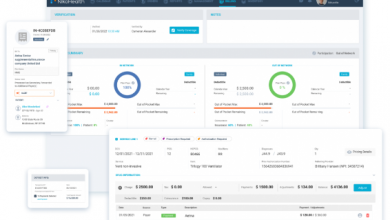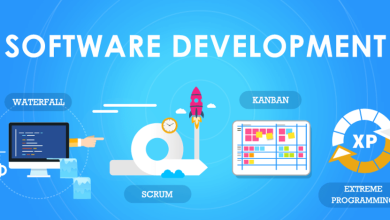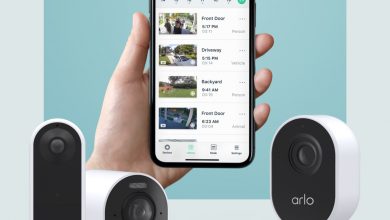3 Ways Technology is Solving Last-Mile Delivery Problems

E-commerce expects to top $5.5 trillion this year, with one in five online transactions. The massive growth of online shopping will only increase the strain on last-mile delivery. Through improved supply chain management solutions, transportation companies aim to meet these last-mile delivery challenges.
Although the supply chain is still struggling to keep up with disruptions created by the pandemic, new technology will address the growing needs of consumers. Read on to learn how logistics technology will improve the last-mile delivery dilemma.
-
Increasing Visibility for Customers
Today, consumers want better information about the status of their purchases. As a result, supply chain management uses smart technology in various forms to track the movement of products. For example, packages get tracked in real-time with GPS and RFID coding.
Customers get informed of any delays in transportation, which helps suppliers maintain favorable business relationships. Often, the consumer’s mind is put at ease when knowing the status of their product exists in the supply chain. In addition, the same technology assists transportation services in providing the best last-mile delivery possible.
Some transportation systems even put sensors in packaging to monitor temperature and climate for sensitive material. These paperless management software devices keep supply chain management informed when changes occur.
As a result, the customer receives last-mile delivery of products with fewer issues. In addition, if problems occur down the supply chain, businesses can react faster to correct the issue and keep the customer informed.
-
Better Warehouse Solutions
One of the most significant last-mile delivery challenges is order fulfillment. Supply chain management needs to process inventory faster to meet customers’ demands for faster delivery. Integrated technology helps logistics create systems to suit the needs of various businesses.
Inventory technology allows logistics companies to create various warehousing solutions to speed up the last-mile delivery process. For example, many companies use urban warehouses to get products closer to the end-user for quick turnaround. Others use micro-warehousing techniques to help distribute inventory when needed most.
-
Hybrid Last-Mile Delivery Solutions
Logistics and transportation have evolved in several ways to improve last-mile delivery challenges. Crowdsourcing with the gig economy allows supply chain management more options for last-mile delivery. Outsourcing last-mile delivery to various carriers gives companies a wider reach.
However, some more prominent e-commerce businesses are beginning to insource their operations. These companies regain control of their supply chain by implementing technology in-house.
Yet, many of today’s e-commerce businesses can’t afford the infrastructure to create an internal supply chain management system. So these companies use a hybrid of all these transportation solutions with technology to keep them all connected.
E-commerce Continues to Grow
Getting goods to customers safer and faster will continue to challenge last-mile delivery providers. But technology keeps advancing to address the stresses put on companies by consumer demand. Analytics plays an enormous role in helping logistics providers find the best solutions.
Yet, the most significant changes in supply chain management occur as technology adjusts to the differing needs of businesses. Every last-mile delivery solution is unique to each company.
So with each changing landscape in e-commerce, technology will advance to address the need. Stay connected to these new trends and other insightful pieces by returning to this site.





